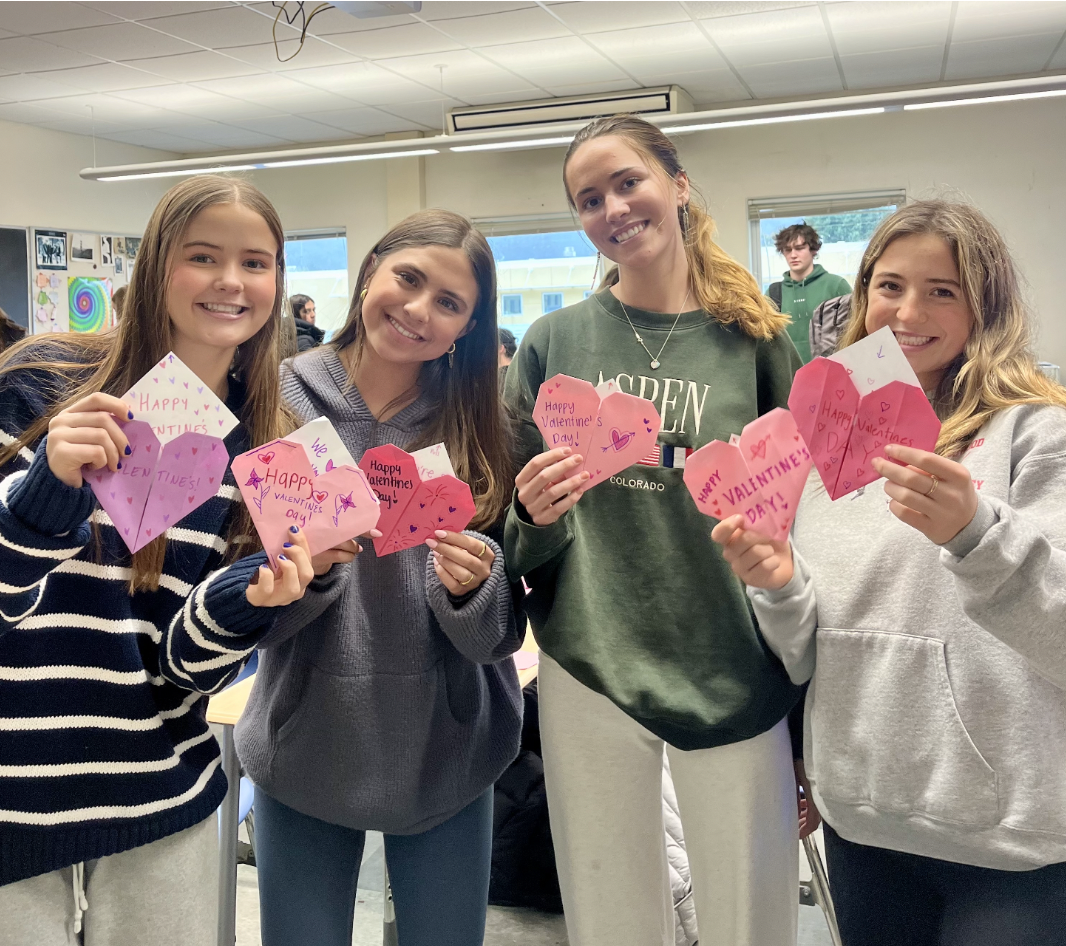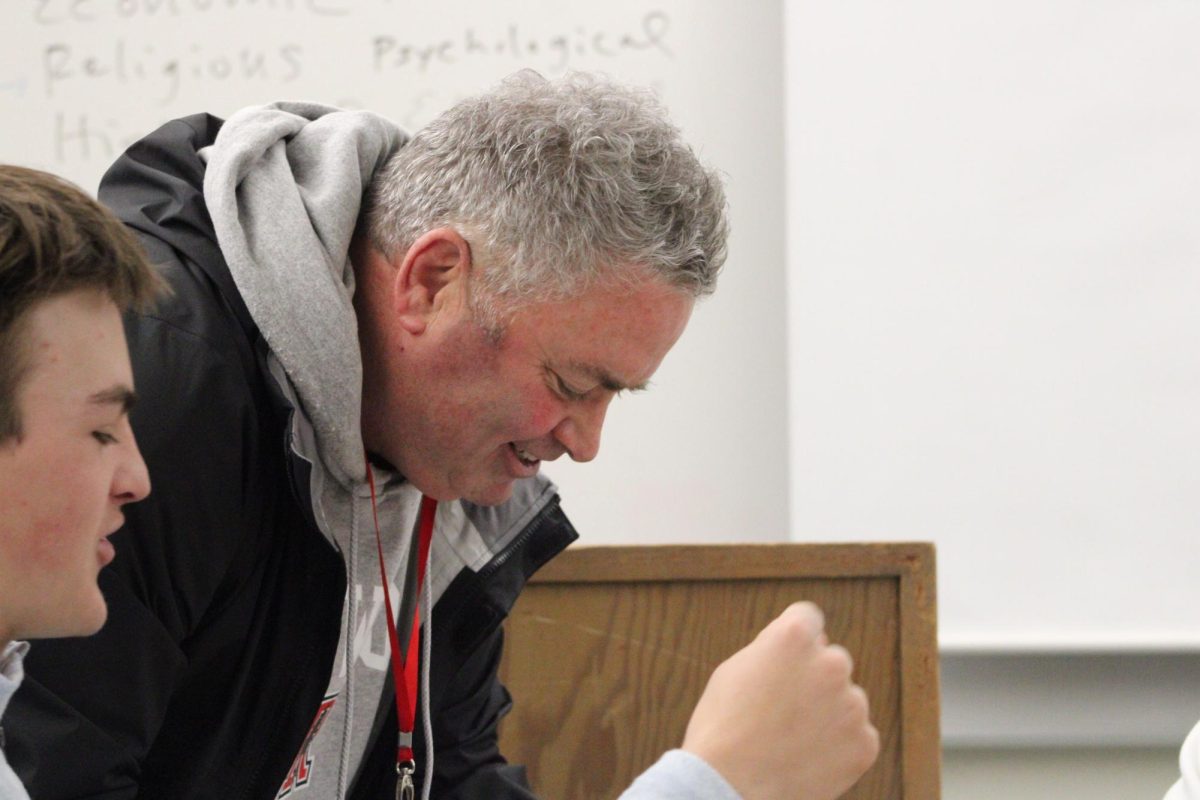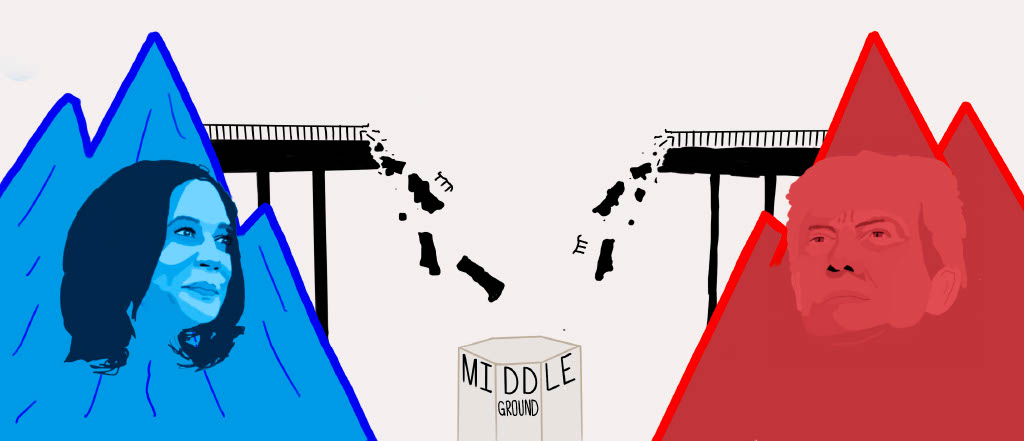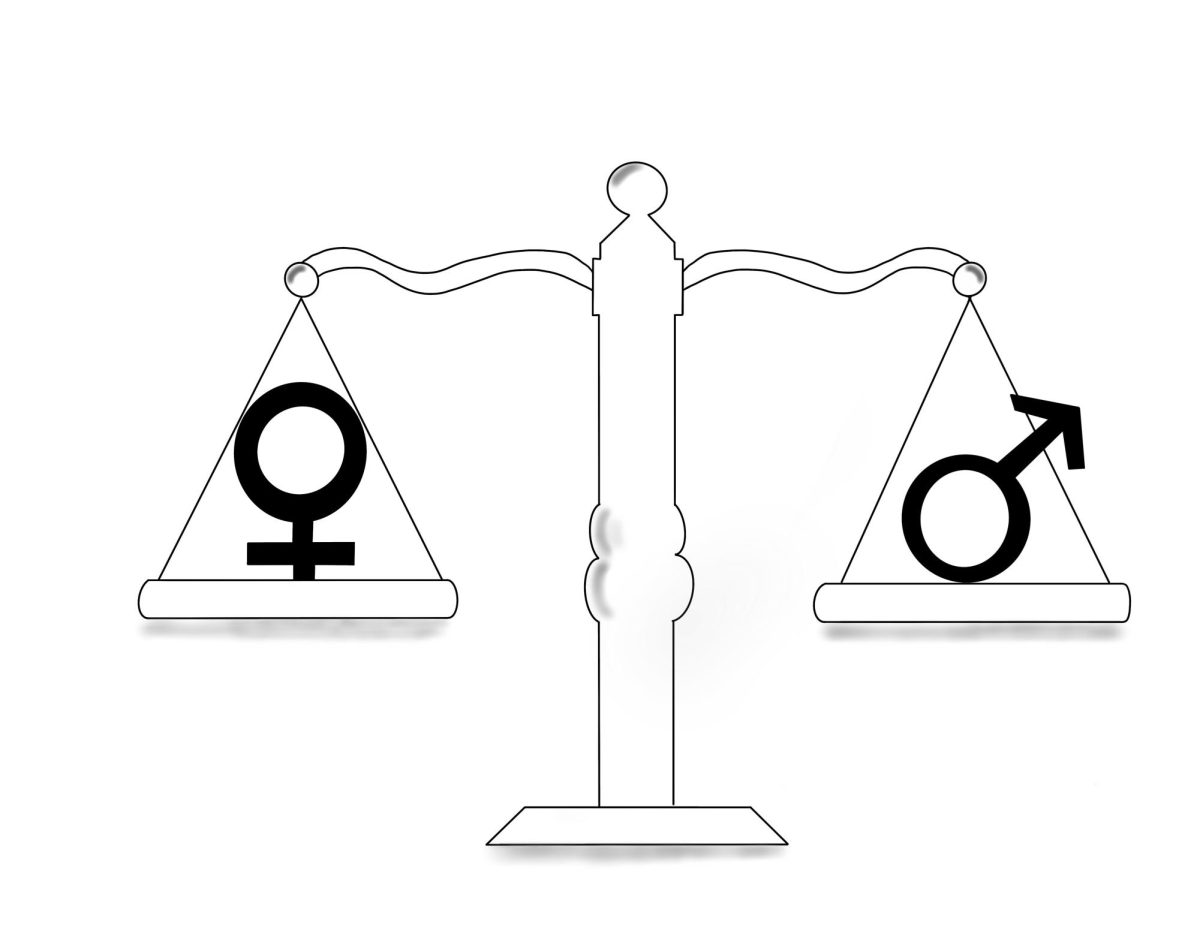As Marvel Studios’ “Black Panther” becomes the first movie since “Avatar” to hold the number one spot at the box office five weeks in a row a new age of Hollywood is emerging. Hollywood in the past has not equally represented people of all races and genders, but films like DC’s “Wonder Woman” and Marvel’s “Black Panther” have changed that perception forever.
In 2017, “Wonder Woman” became the highest grossing film directed by a woman, Patty Jenkins, shattering numerous records including highest grossing action film starring a woman and fifth highest grossing superhero movie. It reinforced the notion that women can lead major blockbusters and to many it represented a massive leap forward in how women are depicted in films. To young girls worldwide, the movie could prove that they can be the superhero or action hero, not just the love interest. A sequel is set to hit theaters in 2019.

Films that spotlight a specific group of people in a positive way often make that group of people feel proud and appreciated. African American senior at Redwood, David Simpson-Heil, said seeing his own race portrayed on the big screen is heartwarming.
“There’s a certain pride that comes with [seeing representation]. It’s pride and it’s happiness to see something that’s out of the norm,” Simpson-Heil said.
According to the April Bark survey, 78 percent of Redwood students self-reported they are Caucasian. This means 22 percent of the Redwood population has had minimal representation in films. Blockbusters starring oppressed groups have been virtually non existent throughout Hollywood’s long history. Simpson-Heil said films like “Black Panther” make him feel more welcomed and included in the Redwood community and thinks it makes others feel the same way.
This year’s “Black Panther” surpassed $1 billion at the global box office. It’s the first film starring an almost entirely African American cast to achieve this. Directed by Ryan Coogler, an African American man, the film celebrates African American culture and proves to many in the entertainment industry that people are interested in the representation of all races.
“I think the most important part in terms of diversity that comes from movies like this is having young kids see heroes that look like them.” Simpson-Heil said.
According to Simpson-Heil, a problem in society that stems from representation in media is the internal bias or feeling that people of a certain group aren’t suited to do certain activities or play certain characters.
“When you look at someone like King T’challa [Black Panther] or Princess Diana [Wonder Woman] it’s the same thing for a child were they get to idolize a hero, a fantastical human being, who looks like them,” Simpson-Heil said.
History has proven that Hollywood will only make drastic changes if producers can make a profit. “Wonder Woman” and “Black Panther” have grossed massive amounts of money at the box office, proving to major film studios that women and people of color can helm successful films. Thus begins the journey of attempting to fairly represent everyone in mainstream film.

A solution to Hollywood’s diversity problem was mentioned at the Oscars’ 90th celebration this year. Best actress winner Frances McDormand ended her jittery yet inspiring speech with two words: “inclusion rider.” According to reporters Maura Judkis and Stephanie Merry at The Washington Post, inclusion riders are a way to legally make films more diverse.
“Actors sign contracts when they are cast in films, and they have the ability to negotiate for riders or additional provisions. An inclusion rider is a stipulation that the cast and/or the crew in a film reflect real demographics, including a proportionate number of women, minorities, LGBTQ individuals and people with disabilities,” Judkis and Merry wrote.
If contracts for A-list actors and directors admitted inclusion riders, diversity in Hollywood would improve. People of all demographics and sexualities would legally have to be represented in a film reflecting a certain area. For example, if a film is set in San Francisco, the film’s cast and crew would have to be made up of the demographics of that city. According to World Population Review, 35.3 percent of San Francisco’s population is Asian, so 35.3 percent of both the cast and crew would then have to identify as Asian.
At this early stage, inclusion riders also have a downside. Currently, diversity in Hollywood is scarce in the stunts division. On the set of the yet-to-release superhero flick “Deadpool 2,” a stunt double was needed for African American actress Zazie Beetz. A scene called for the stunt person to be riding a motorcycle through open doors onto a ramp. FOX, the studio distributing the film, could not find an African American stunt woman who was experienced enough. The studio did not want to hire a Caucasian stunt woman because of a fear of backlash, so they hired motorcycle racer SJ Harris. Harris was experienced in riding motorcycles, but not in stunt work. Because of this decision, she tragically passed away on set while trying to perform the stunt. Actors and directors that put the inclusion rider in their contracts must be extremely cautious when casting. When legally requiring diversity, studios must make sure that the stunt double is capable of doing what is required of them. The fact that FOX had to search outside the normal stunt pool to find an African American speaks greatly to Hollywood’s diversity problem.
The success of these films and the barriers they have broken are starting a new age of acceptance in Hollywood. The films are making people all over the world feel more welcomed and equal, as proven by the crowds of people repeatedly going to see them.
Social media is full of photos of stars and regular people supporting the inclusion messages the films put out. Simpson-Heil also thinks that media will play a big part in making inclusive films in the future. If media covers these types of films as just great films, people will open up to accept more films starring more diverse people.
“As [an inclusive film] just becomes another movie and it happens to have people of color in it, you get rid of a lot of those internalized biases,” Simpson-Heil said.













